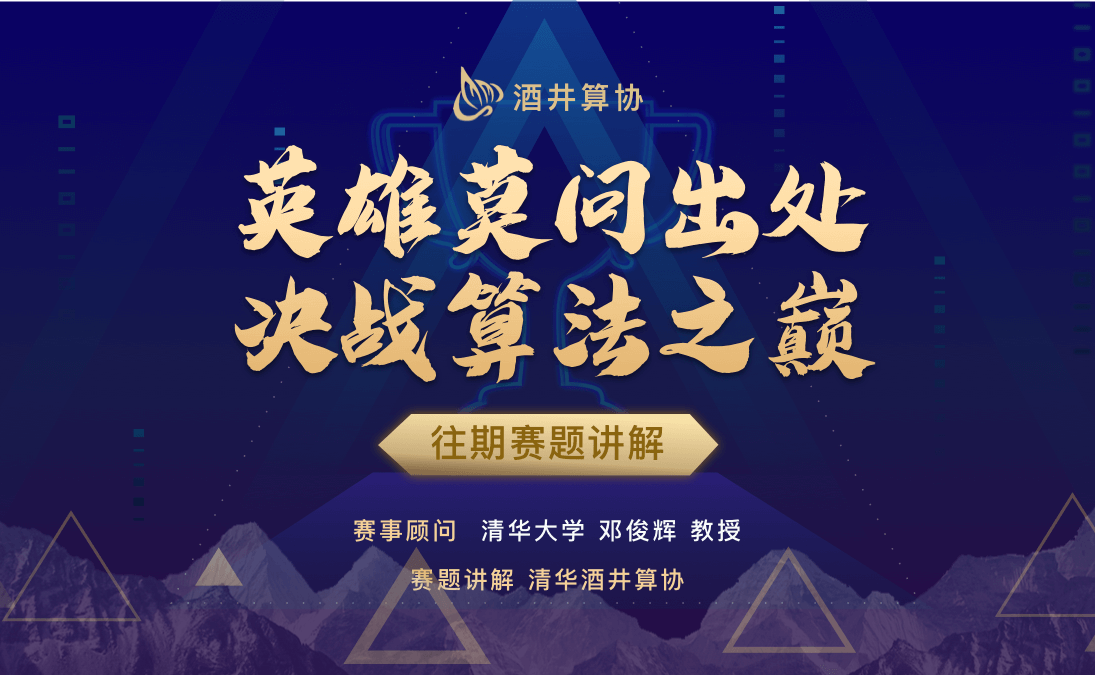
当前课程知识点:Strategic Management > Chapter 3 Internal Environment Analysys > 3.4 Enterprise Capability Analysis > 3.4 Enterprise Capability Analysis
返回《Strategic Management》慕课在线视频课程列表
返回《Strategic Management》慕课在线视频列表
内部环境分析的第三个部分
就是能力分析
我们知道企业的资源和能力
并不总是匹配的
所以才需要在资源分析的基础上
再进行能力的分析
有可能企业的资源会大于它的能力
那就是说企业会浪费资源
也可能企业的能力强 资源不够
这种情况也是存在的
所以我们在单独
对能力做分析的目的是要意识到
有很多的企业
它的资源和能力存在着一种不匹配的关系
那分析的目的毫无疑问
也是要判断企业的能力上的优势和劣势
应该说企业的能力
比资源来说可能更重要一点
因为有时候即使你没有资源
你有能力的话
也可以逐步逐步地去获取更多的资源
那么企业的能力
大体上分成这样几个类型
我们在讲的时候特别要注意
在相对竞争不那么激烈的情况下
可能 企业的管理能力
比如说计划 组织 任用 领导 控制
这样所谓一般管理能力
就显得比较重要
其实我们改革开放初期
很多的乡镇企业或者民营企业
它们其实的领导人
就是靠曾经当过干部 曾经当过军人
它们形成了一种计划 组织 领导 控制能力
就已经可以把企业管理的很成功
当竞争越来越激烈的时候
企业的竞争水平都在提高
管理水平在提高的情况下
光靠一般管理能力就不够了
所以我们把这个管理能力看成是基础能力
那么再进一步
我们就要去分析经营能力
也就是在企业的经营过程中的一些
我们看到与经营相关的一些职能方面
形成的所需要的一种能力
比如说营销能力 财务能力
研发能力 生产能力
那么对这些能力的分析
我相信我们所学的其他的各门的管理的专业课
都教给了大家
一种分析判断财务管理能力的方法
我们下面再去讲这个问题
当竞争再激烈的时候
我们可能就不能够
停留在对一般经营能力的分析基础上
还要进一步去看这个企业的整合能力
那我们看到企业
其实它就是一个资源转化器
它需要有输入
资源的一种输入
需要有一种产品和服务的输出
那么企业内部它的各个部门
需要有效的配合
才能够去获取更大的资源
才能够有效地去加工
然后产生增值
然后把产品和服务提供出去
在这个过程中
企业内部的各个部门
需要有效的合作 需要协作
需要获得规模经济 范围经济
那么这些都是和整合能力有关
当然今天我们还看到
企业除了在建立专长的收的过程
它同时需要通过建立战略联盟
来整合外部的各种资源
所以通过建立联盟
管理联盟的这样一种能力
也是一种整合能力
那到最后 随着环境竞争更加动态化
那我们需要看到企业的动态能力
也就是说当这个企业
在遇到一些环境的变化
或者是竞争对手的攻击的时候
它能不能在最快的速度做出反应
然后这种反应
本身具有一定创新性 突然性
这个包括应对风险
做出新的选择
调整自己的内部的
管理经营的模式 方法等等
这些都是可以看出来它的动态能力
那么我们在进行企业能力分析的时候
当然需要考虑它的资源利用的效率
比如说我们可以去通过财务比例分析
特别是效率的分析
来判断这个企业能力的大小
同时我们也可以去和竞争对手进行比较
来看相对于其它对手来说
这个比较有可能
我们需要通过问卷调查也好
通过一些访谈也好
来让企业外部的人
来判断这个企业的能力和大小
那么过去我们看到在相对静态的条件下
我们对企业能力的分析
都是侧重于在哪个领域
然后有多大
这样来进行分析
那么在动态的条件下
我们要想知道企业
所具有的能力的优势和劣势的大小
特别是价值
我们就需要判断企业
所具有的能力它的稀缺性如何
如果稀缺性越高
价值就越高
可模仿性如何
如果是它的这个能力
是在历史上形成的一种综合性的能力
它可能很难被它的竞争对手快速地去模仿
甚至去了解它的能力的来源
那么这样的话
它的可保持性更强
价值就更大
第三个就是看它的可转移性
就当一个企业比如说遇到它的行业饱和
或者需要多元化发展
它所形成的某些一般管理能力 经营能力
整合能力 动态能力
能不能够有效的被转移到新的领域去
那么这样的话
如果可转移性高
它的价值就更大
-1.1 The Rise of The Discipline of Strategic Management
--1.1.1The Origins of Strategic Management
--1.1.2 Development and Improvement of Strategic Management
-1.2 The Nature and Characteristics of Strategic Management
--1.2.1 Environment, Advantages and Strategy
--1.2.2 Definition of Enterprise Strategy
--1.2.3 The Thinking Mode of Enterprise Strategy Formulation
--1.2.4 The Content System of Enterprise Strategy
-1.3 The Nature and Characteristics of Enterprise Strategic Management
--1.3.1 The Activities of Enterprise Strategic Management
--1.3.2 The System of Enterprise Strategic Management
-1.4 Enterprise Strategy Manager
--1.4 Enterprise Strategy Manager
-Corporate Video
--Video
-Test
--Chapter 1 Test
-Reflection Questions
--Chapter 1 Reflection Questions
-PPT
-2.1 External Environment Analysis of the Enterprise
--2.1 External Environment Analysis of the Enterprise
-2.2 The Macroscopic Environment Analysis of the Enterprise
--2.2 The Macroscopic Environment Analysis of the Enterprise
-2.3 Market Environment Analysis of the Enterprises
--2.3 Market Environment Analysis of the Enterprises
-2.4 Industry Environment Analysis
--2.4 Industry Environment Analysis
-2.5 Analysis of Competition and Cooperation Eenvironment of Eenterprises
--2.5 Analysis of Competition and Cooperation Eenvironment of Eenterprises
-Corporate Video
--Video
-Test
--Chapter 2 Test
-Reflection Questions
--Chapter 2 Reflection Questions
-PPT
-3.1 Purpose and Characteristics of Internal Environmental Analysis
--3.1Purpose and Characteristics of Internal Environmental Analysis
-3.2 Enterprise History Analysis
--3.2 Enterprise History Analysis
-3.3 Enterprise Resource Analysis
--3.3 Enterprise Resource Analysis
-3.4 Enterprise Capability Analysis
--3.4 Enterprise Capability Analysis
-3.5 Analysis of Enterprise Core Competence
--3.5 Analysis of Enterprise Core Competence
-Test
--Chapter 3 Test
-Reflection Questions
--Chapter 3 Reflection Questions
-PPT
-4.1 The Nature of Strategic Commitment
--4.1 The Nature of Strategic Commitment
-4.2 The Content of Strategic Commitment
--4.2 The Content of Strategic Commitment
-4.3 The Form of Strategic Commitment
--4.3 The Form of Strategic Commitment
-Test
--Chapter 4 Test
-Reflection Questions
--Chapter 4 Reflection Questions
-PPT
-5.1 The Nature and Types of Business-Level Strategy
--5.1 The Nature and Types of Business-Level Strategy
-5.2 General Positioning Strategy
--5.2 General Positioning Strategy
-5.3 Unique Positioning Strategy
--5.3 Unique Positioning Strategy
-5.4 Portfolio Positioning Strategy
--5.4 Portfolio Positioning Strategy
-Corporate Video
-Test
--Chapter 5 Test
-Reflection Questions
--Chapter 5 Reflection Questions
-PPT
-6.1 The Nature and Characteristics of Corporate-Level Strategy
--6.1The Nature and Characteristics of Corporate-Level Strategy
-6.2 Industry Diversification Portfolio Strategy
--6.2 Industry Diversification Portfolio Strategy
-6.3 Industry Diversification Portfolio Management Model
--6.3 Industry Diversification Portfolio Management Model
-6.4 Restructuring of Diversified Corporate
--6.4 Restructuring of Diversified Corporate
-Test
--Chapter 6 Test
-Reflection Questions
--Chapter 6 Reflection Questions
-PPT
-7.1 The Motivation of Company Internationalization
--7.1 The Motivation of Company Internationalization
-7.2 The Advantages and Risks of Company Internationalization
--7.2 The Advantages and Risks of Company Internationalization
-7.3 Strategic Choice of Company Internationalization
--7.3 Strategic Choice of Company Internationalization
-Test
--Chapter 7 Test
-Reflection Questions
--Chapter 7 Reflection Questions
-PPT
-8.1 Company Strategic Alliance
--8.1 Company Strategic Alliance
-8.2 Company Mergers and Acquisitions
--8.2 Company Mergers and Acquisitions
-Test
--Chapter 8 Test
-Reflection Questions
--Chapter 8 Reflection Questions
-PPT
-9.1 Corporate Strategy Imlementation and Evaluation in a Relatively Static Environment
--9.1 Corporate Strategy Imlementation and Evaluation in a Relatively Static Environment
-9.2 Corporate Strategy Imlementation and Evaluation in a Relatively Dynamic Environment
--9.2 Corporate Strategy Imlementation and Evaluation in a Relatively Dynamic Environment
-9.3 Methods of Corporate Strategy Implementation
--9.3 Methods of Corporate Strategy Implementation
-Test
--Chapter 9 Test
-Reflection Questions
--Chapter 9 Reflection Questions
-PPT

